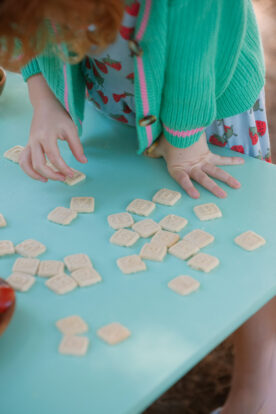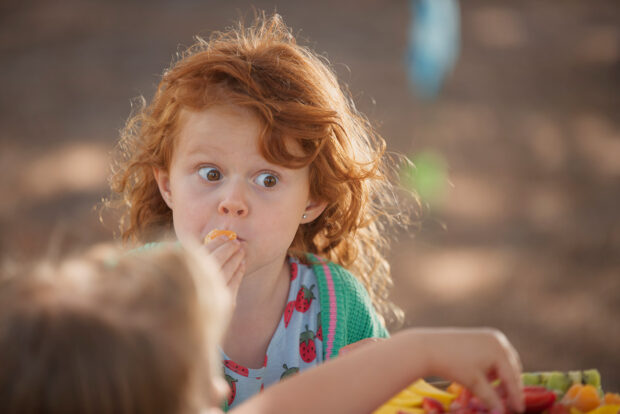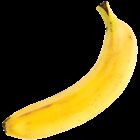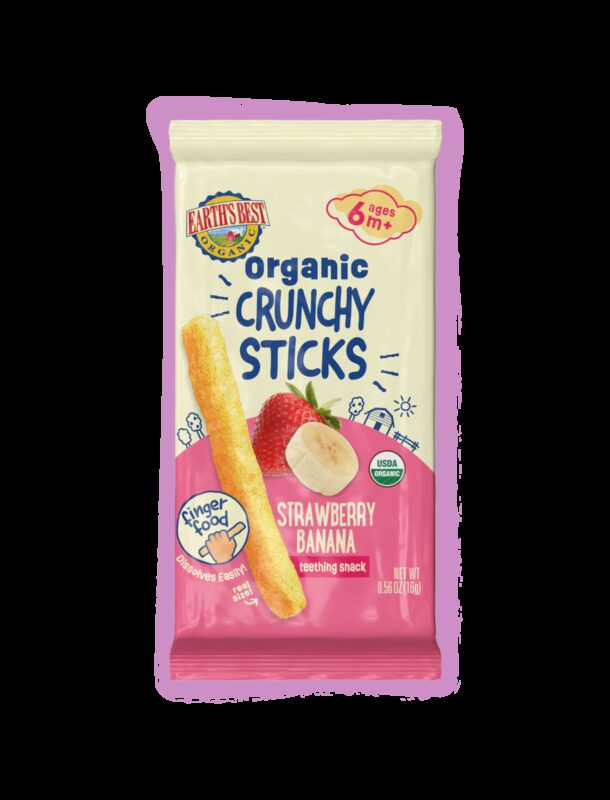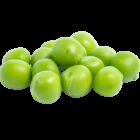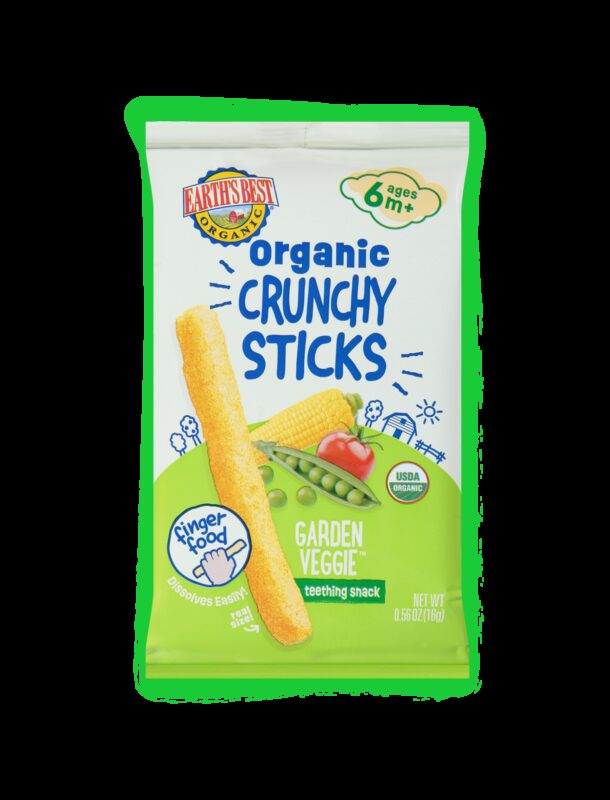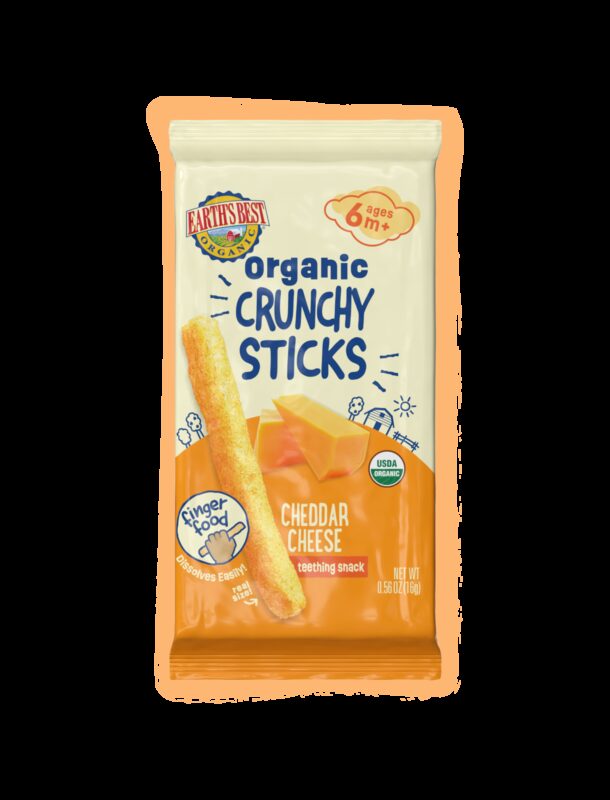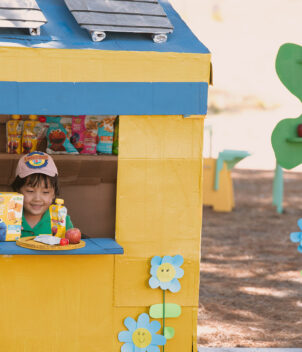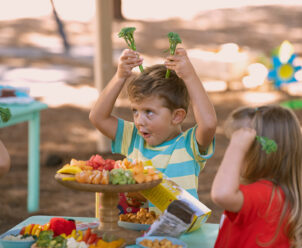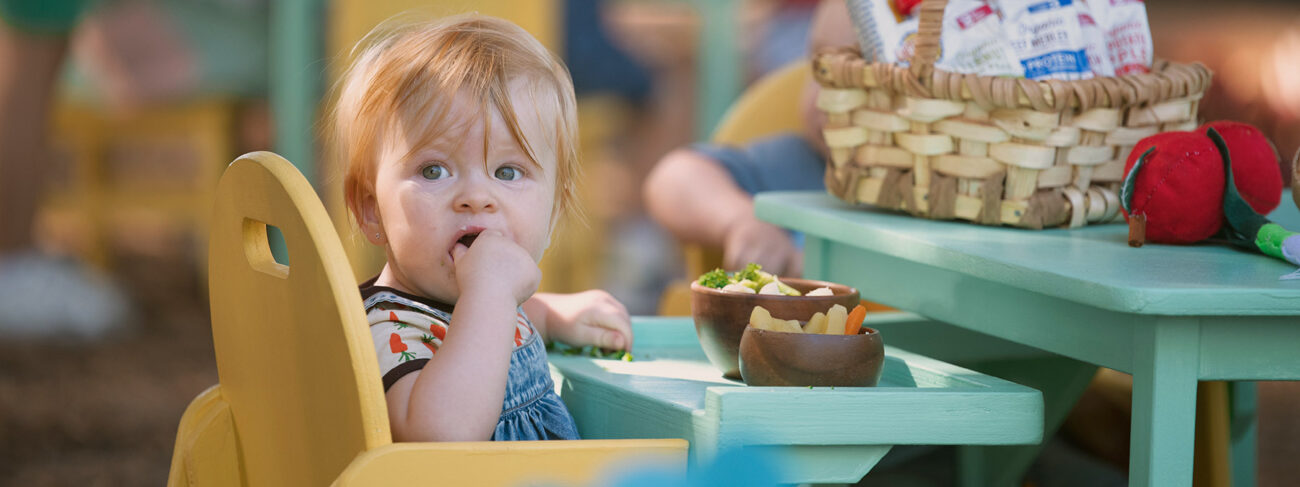

Dr. Deena Blanchard
Certified pediatrician
How, When and What Finger Foods to Introduce to your Baby
Could use a short intro to the article here! Lorem ipsum dolor sit amet, consectetur adipiscing elit. Maecenas at gravida urna. Proin auctor ipsum vel ex vehicula condimentum. Sed convallis, sem vel dapibus viverra, odio purus convallis mi, ut congue quam nibh nec urna.
When can/should I introduce finger foods?
The AAP recommends starting finger foods once your baby can sit unassisted and bring food to her mouth using her you can start finger foods. This usually occurs between 8-9 months of age.
My baby doesn’t yet have teeth. Can they still have finger foods?
Yes. Actually, your baby does not need teeth to eat these foods, as they will use their gums to mash the food.
What is a finger food?
Ideal fingers foods are soft, in small pieces and easy to swallow. Start with small ¼ inch size pieces of soft foods. Some early finger foods are, but not limited to, cheerios or puffs, small pieces of well-cooked vegetables or fruits, pasta, pancakes, small pieces of bread or cheese.
Where should my baby sit when eating finger foods?
As you start to have fun with finger foods, it is important for your little one to be seated in a safe position and space. Using a highchair that supports your little one’s head, trunk and feet and making sure your little one is snapped in at all times is a must. It is nice to try and eat together as a family with your little one sitting at the table together with you. As a busy working mom of three boys, I understand that can be hard to coordinate regularly. Trying to find time a few times a week to eat as a family is a powerful addition to family routines, and helps create positive memories around feeding.
Are there any foods I should avoid?
It is important to avoid choking hazards when introducing finger foods. Common choking hazards include: peanuts, whole nuts, popcorn, whole grapes, round slices of hot dogs, whole cherries, whole cherry tomatoes, large pieces of hard raw fruits or vegetables and raw carrots. Children should sit up when eating and should be observed by adults when eating as well. Children should not have any honey before one year of age.
How much should my little one eat?
It is important to allow your little one to self regulate with finger foods as they did when you first began purees. If your baby is pushing away food, that is typically a sign that they are finished eating. Do not force your little one to eat or finish foods. You are in charge of providing a sufficient amount and a variety of nutritious and healthy foods and your little one is responsible for choosing how much they eat. It often takes many repeated attempts at new foods, or previously given foods in a new texture, for your little one to enjoy the food. You can keep trying with foods that are initially rejected. It can take 10 or more times for a baby to like a new food! Some tips are to try it again in a new setting like a restaurant or grandparent’s home or to mix the food with one of your little one’s favorite foods. And to remeber that you are a role model! If your baby sees you (and siblings) enjoying a particular food, they are more likely to try it.
This is for informational purposes only and should not be treated as medical advice. The content is not intended to be a substitute for professional medical advice, diagnosis, or treatment. Please always discuss any health and feeding concerns directly with your pediatrician. Never disregard professional medical advice or delay in seeking it because of something you have read above.
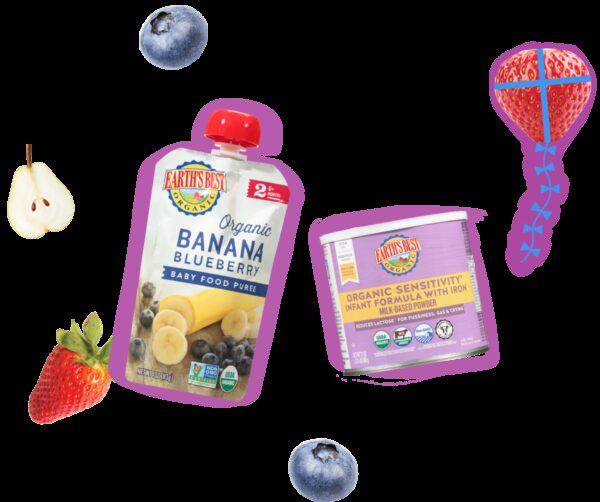
Explore our range of nutritious formula and wholesome baby food to help your little one on their foodie journey!
By encouraging little ones to self-feed, they’ll spark a life-long curiosity for yummy new tastes + textures.
